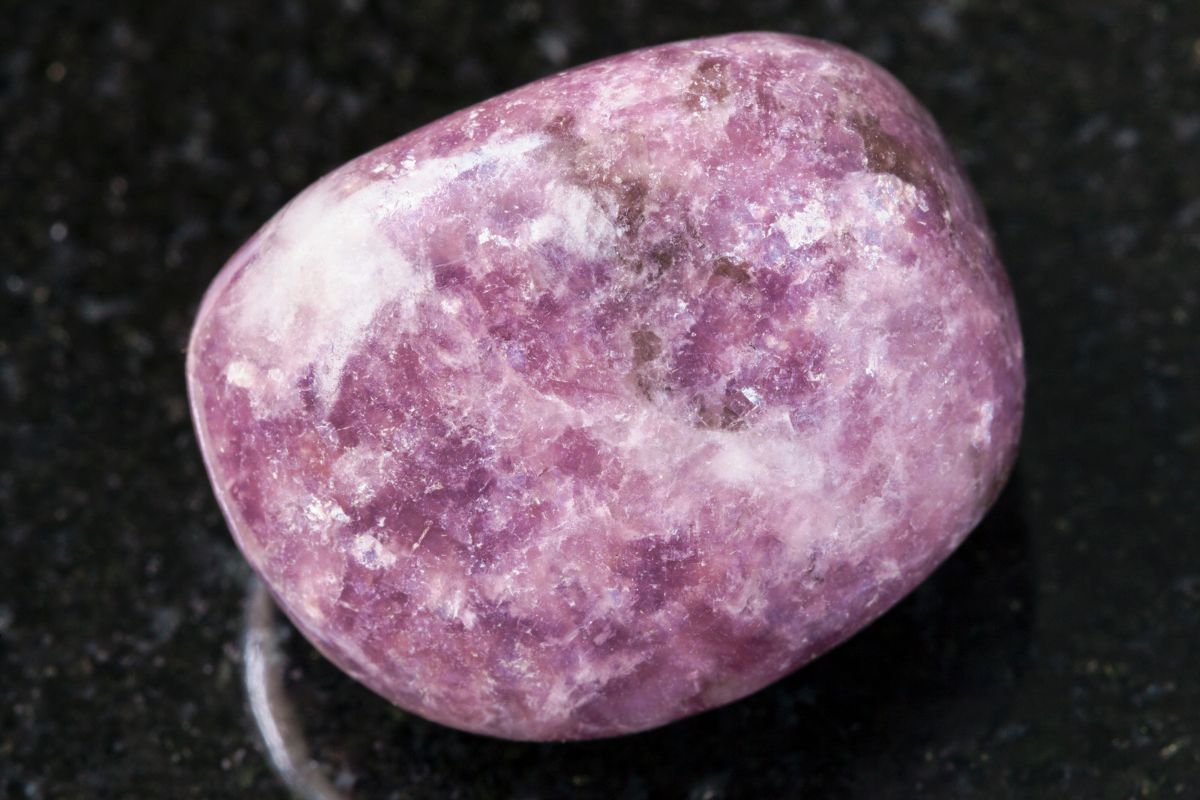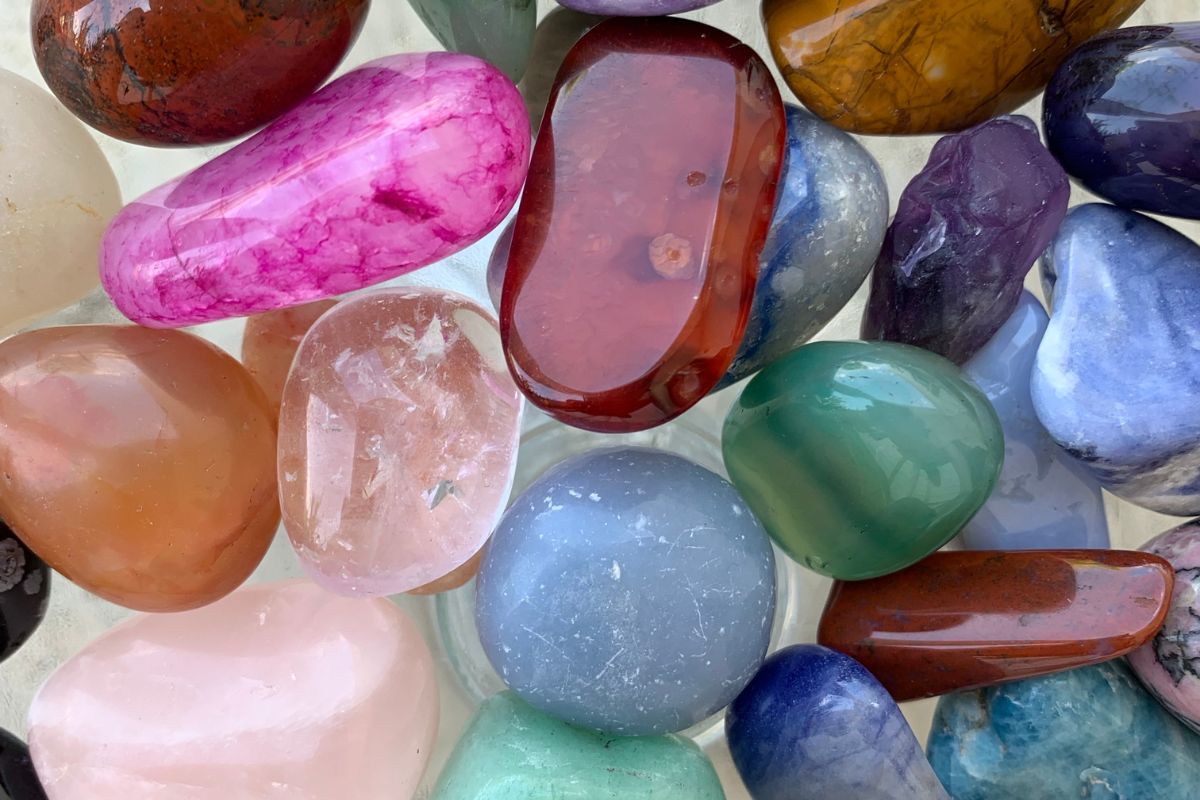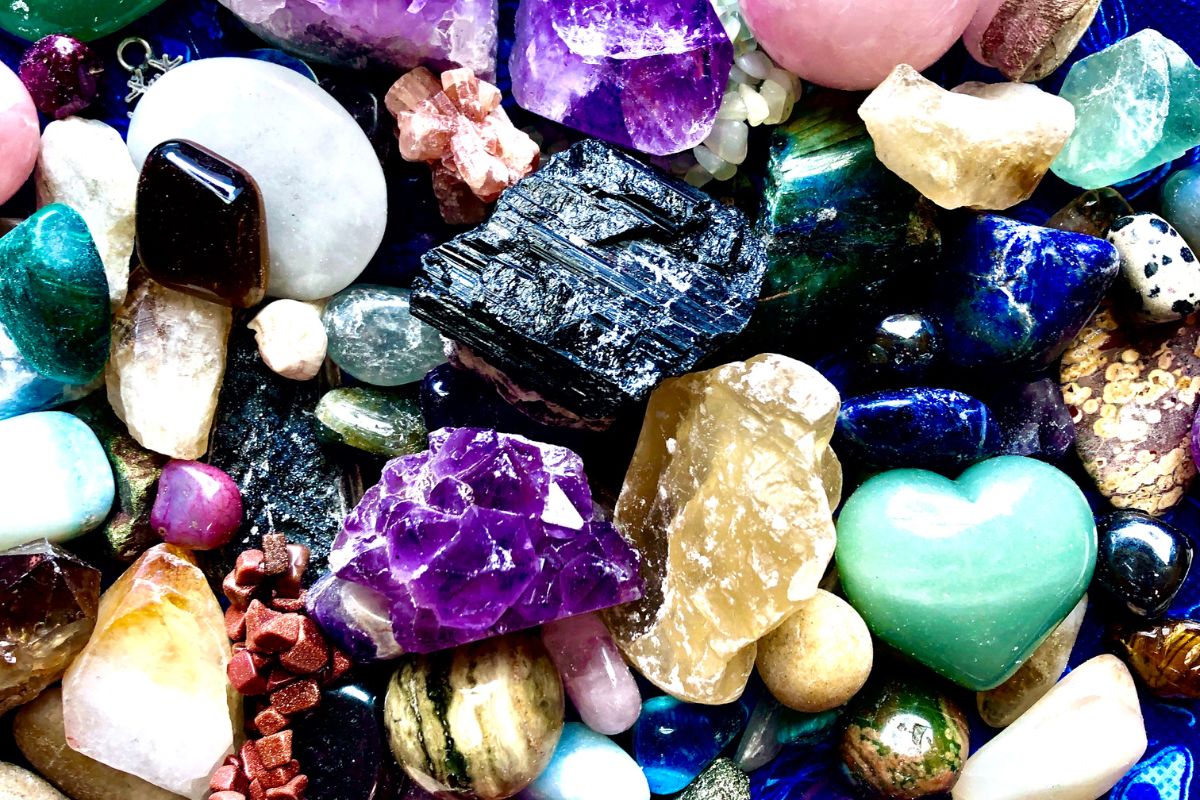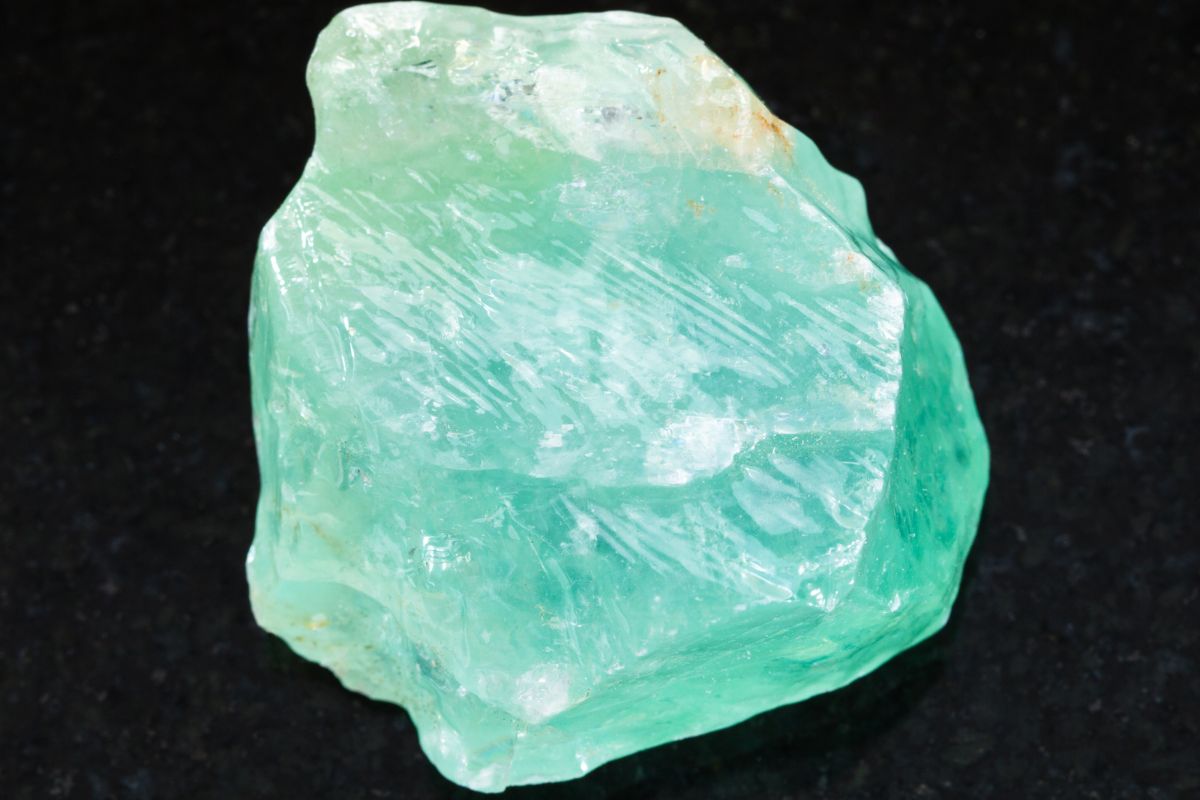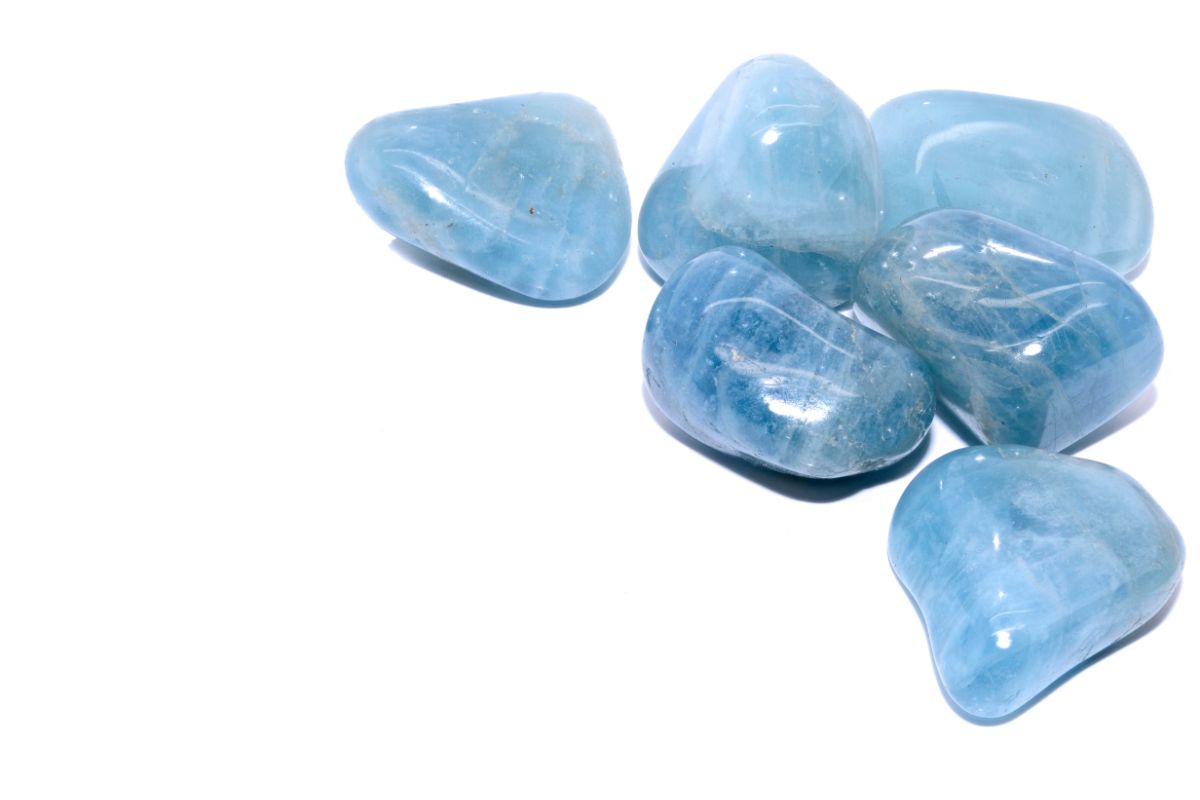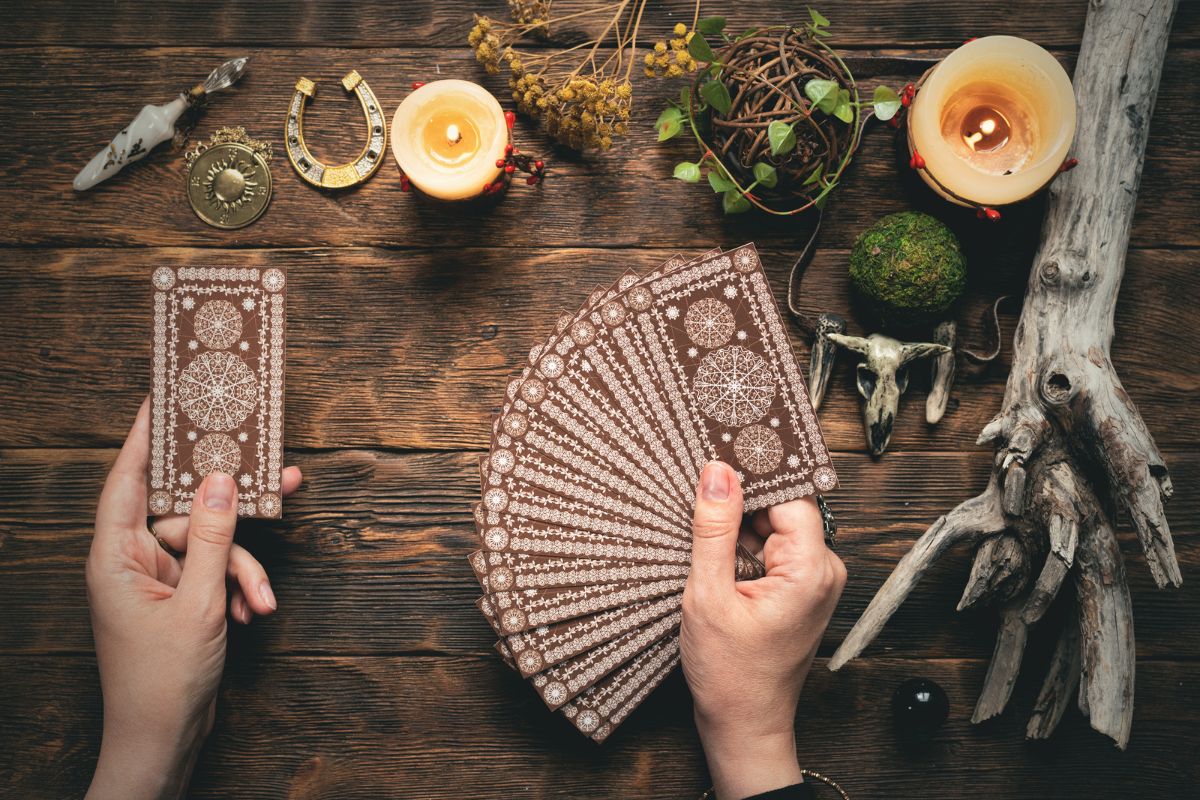Despite their different properties and appearances, when combined together, lapis lazuli and lepidolite can make a powerful duo when combating stress and anxiety.
Lapis lazuli has had a special place in many people’s lives for centuries.
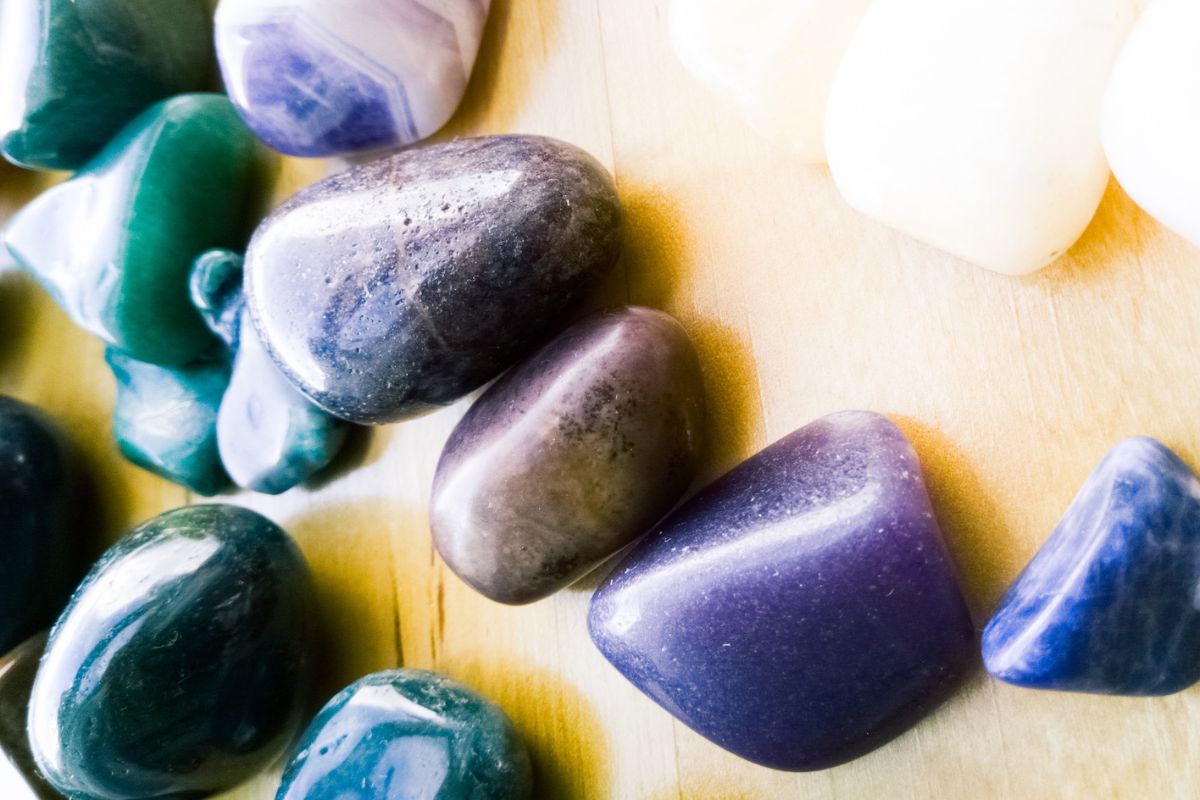
There is no doubt that the deep blue stone – often dotted with golden pyrite – has captured the hearts of many and its popularity in the modern day is a testament to this.
The stone could be considered nature’s little pick-me-up crustal which features stunning hues of pink, white, and, most notably, purple.
However, its real magic can be found in its soothing ability to redirect anxious feelings and thoughts.
One of the many benefits of Lepidolite is its amazing anti-anxiety capabilities which certainly sets it apart from the crowd.
With this in mind, this guide will explore everything you need to know about lapis lazuli and lepidolite.
Let’s get started.
What Is Lepidolite?
Lepidolite is a rare lithium-rich mica mineral that is typically found in shades of red, purple, or pink.
The mineral itself is one of the most common lithium-bearing stones and is considered a minor ore of lithium metal featuring cesium and rubidium as byproducts.
When lepidolite is impregnated with quartz, it makes for a minor gemstone. Sometimes, flakes of lepidolite are something responsible for the red and pink color in aventurine.
Lepidolite Properties
The word ‘lepidolite’ is derived from the Greek words ‘lepidos’ which translates to ‘scale’, and ‘lithos’ which translates to ‘stone’.
It gets its name due to the mineral’s scaly appearance, which is the result of it naturally breaking down into thin flakes or sheets.
The mineral goes by a ton of names, such as ‘serenity stone’ and ‘grandmother stone’ thanks to its comforting nature.
In fact, the stone will gently push you in the right direction to cope with your emotions, as a wise and nurturing grandmother does!
This gentle gemstone is packed with glorious feminine energy that can help you reconnect with your internal Yin. It helps restore feelings of creativity, gratitude, self-care, and intuition.
It can come in a variety of shades but it is best known for its purple appearance. Here, purple represents compassion, spiritual growth, healing, and inspiration.
It has a mild color frequency that isn’t too overstimulating. Plus, the longer you work with the stone, the more intense and euphoric your feelings become.
The stone helps to activate the Vagus nerve which results in a calming effect that relieves symptoms of anxiety and stress.
These same feelings can help prevent burnout, deepen your meditative practices, and heal your divine femininity.
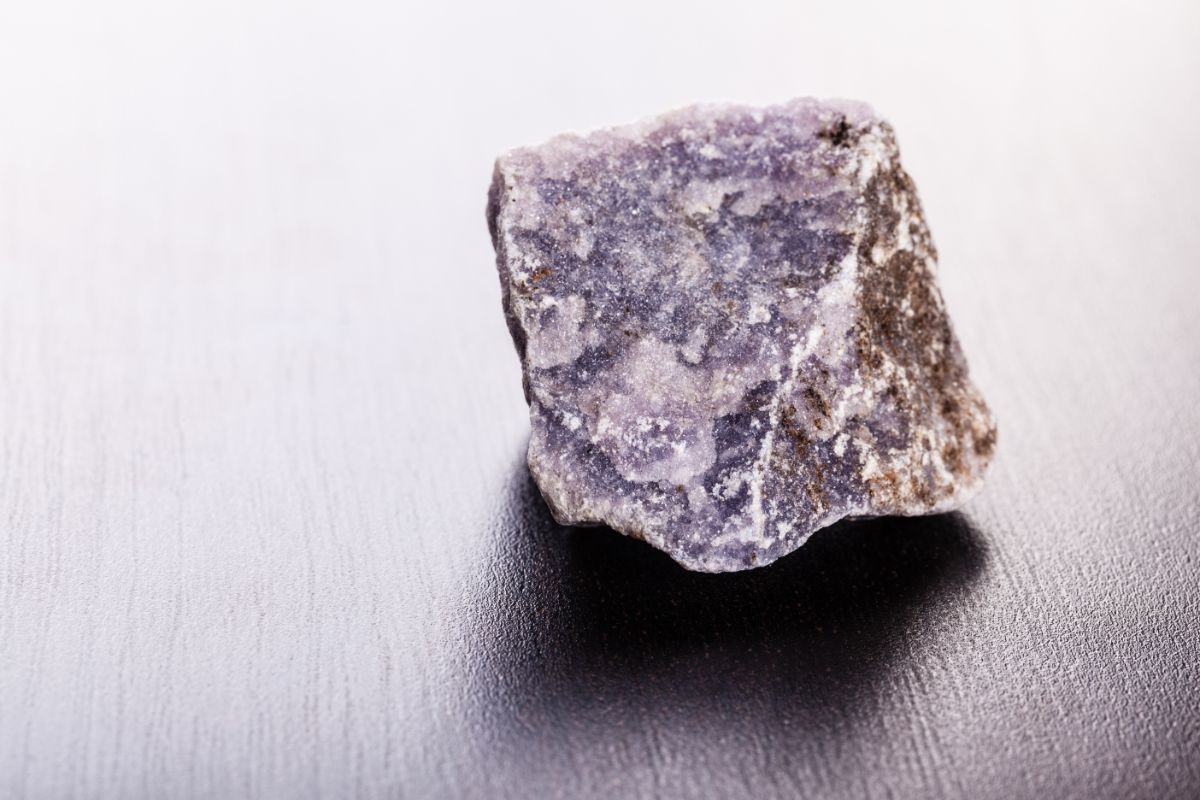
How To Use Lepidolite
- Hold onto the mineral for personal journeys
- Welcome it into your home for harmony
- Wear for chakra protection and cleansing
If you’re looking to use lepidolite to cut out anxiety and overwhelming feelings from your life, as well as help reclaim your center, then there are many ways you can incorporate the stone into your life.
Whether you opt to wear lepidolite in the form of gemstone jewelry or store a hunk of the stone in your altar or tumbled stone to be used in your spiritual experience, these are some great options to accept inner peace, universal love, and replace calamity for a balanced and calm life.
What Is Lapis Lazuli?
Lapis lazuli, often referred to as lapis, is a deep blue stone that has a similar composition to turquoise. The components of the stone can affect its appearance, with a wide range of grade varieties.
Unlike lepidolite, lapis is a stone as opposed to a mineral. While lazurite is the main constituent found in the stone, it can include a ton of other minerals, too.
It was primarily believed that the coloring of the stone was the result of the mineral called lazurite, along with the help of a few other minerals.
One of the most prominent minerals found in the stone is sodalite, which is closely related to lazurite. Sodalite helps to create a royal blue coloration and can be used for many different purposes.
It is formed in lapis stone with blue colors. Plus, there is also a large amount of pyrite (which creates gold flecks) and calcite (creating the white streaks in lapis), too.
Lapis Lazuli Properties
Lapis Lazuli has long been known as a stone that provides users with protection and wisdom. It is believed to make communication deep, succinct, and honest, as well as to help strengthen relationships and friendships.
It has even been used by priests and royalty alike to protect themselves from the evil eye – it is believed to increase the psychic abilities of anyone who carries and wears the crystal.
In addition to this, it can also help to increase favorable attention, enabling users to improve their standing in the performing arts or the workplace.
Another area where the stone shines is through its healing capabilities. It is a lovely stone that is said to aid in both emotional and physical healing.
Thanks to its communication traits, it is said to work amazingly with the throat Chakra. When finely ground into powder, it can be worn around the eyes which was believed to improve eyesight by the Egyptians.
Lapis Lazuli Uses
There are many different ways you can reap the benefits of lapis lazuli, below, we have outlined some of the most common methods, these include:
- Using lapis lazuli for healing
- Using the stone for meditation
- Keeping it in your home and office
- Wearing the stone as jewelry
Final Thoughts
Despite being very different gemstones in terms of properties and appearance, when combined together, they can be a powerful tool for combating stress and anxiety.
The main difference between the two is that lepidolite is a mineral whereas lapis lazuli is a stone. That said, both have calming properties that work perfectly together.
Hopefully, this guide has informed you on everything you need to know about the two gemstones.
- 15 Crystals That Cannot Be Exposed To The Sun - January 7, 2024
- Malachite Vs Fuchsite – Benefits And Uses - January 7, 2024
- Malachite Vs. Green Jasper: Benefits And Uses - January 7, 2024


